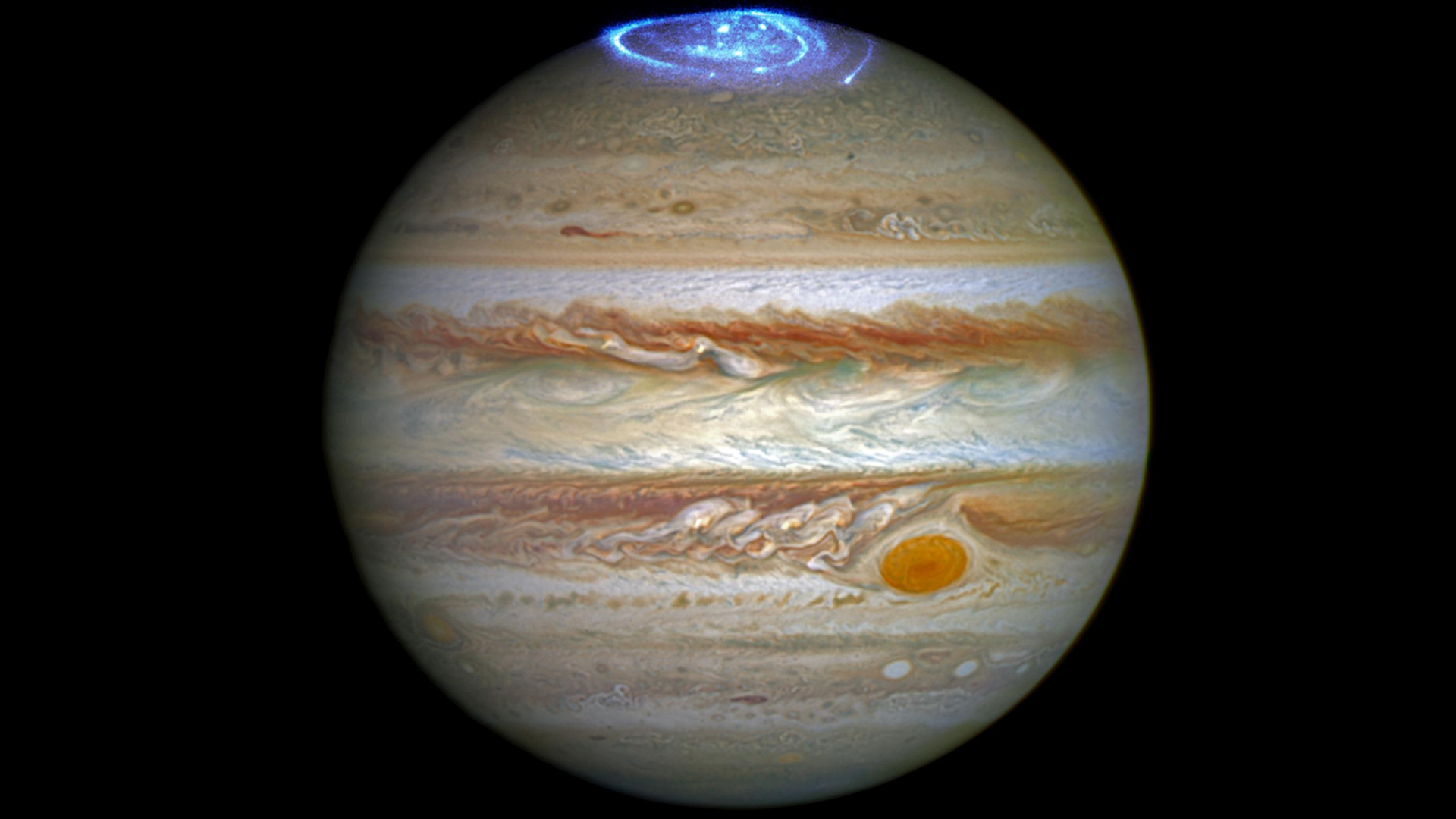Jupiter: Unveiling the Mysteries of the Powerful Gas Mega
Jupiter, the biggest planet in our solar system, has long captivated astronomers and area fans with its significant size, lovely bands of clouds, and enigmatic features. From its massive storms to its difficult atmospheric layers, Jupiter stands as a celestial wonder that continues to intrigue and encourage. In this complete exploration, we delve into the depths of this massive gas, unraveling its mysteries layer by layer.
The Banded Splendor of Jupiter’s Cloud Tops
At first glance, Jupiter’s cloud-covered outdoors presents a spell-binding sight. Its uppermost layer, comprised in general of ammonia and ammonium hydrosulfide, documents the exclusive bands that encircle the planet. Those bands, which perform as alternating mild and dark stripes, are created by an aggregate of Jupiter’s rapid rotation and complicated atmospheric dynamics. The equator, for instance, experiences quicker rotation than the poles, leading to the stretching and folding of clouds into these iconic patterns.
Layers Unveiled: The Atmospheric Bands and Belts
Touring deeper into Jupiter’s atmosphere exhibits a fascinating progression of atmospheric features, each contributing to its specific look and behavior.
- The Ammonia Cloud Layer
Underneath the visible cloud tops lies the ammonia cloud layer. This vicinity is home to a complex aggregate of ammonia, methane, and water vapor. It’s far inside this residue that the planet’s vibrant colors are born. Chemical reactions between sunlight and the compounds in the ecosystem create a palette of colors, starting from deep reds to diffused oranges, contributing to the planet’s visual attraction. - The Atmospheric Bands and Belts
As we descend, in addition, we come upon what is considered one of Jupiter’s most iconic capabilities: its atmospheric bands and belts. Those bands are composed of alternating zones and belts, each with wonderful cloud patterns and colors. Zones, which seem lighter, have upward-shifting gases that bring clouds of various compounds to higher altitudes. alternatively, belts, which appear darker, have downward-moving gases that push clouds deeper into the surroundings. The interplay among these bands is a dynamic interplay driven by Jupiter’s effective atmospheric move. - The Water Vapor Layer
Persevering with our exploration, we input the water vapor layer. This region is wealthy in water vapor, adding yet another layer of complexity to Jupiter’s surroundings. Water vapor performs an essential role in the planet’s weather patterns and allows it to shape its typical atmospheric behavior. Scientists are nevertheless operating to apprehend the tricky interactions that pressure the movement and distribution of water vapor within this accretion. - The Liquid Metallic Hydrogen Layer
Jupiter’s mysteries deepen as we descend even more, encountering the liquid metallic hydrogen layer. This layer, characterized by extraordinarily excessive pressures and temperatures, marks the transition of hydrogen from a gaseous state to a metal liquid. This transformation generates Jupiter’s powerful magnetic field, a phenomenon important to its interactions with its moons and surrounding area.
The Enigmatic Middle
The climax of our journey brings us to the heart of Jupiter—the core. Scientists theorize that a stable middle, composed of heavy factors along with rock and metal. Lies below the layers of gas and metallic hydrogen. Even as the middle’s specific composition and homes remain shrouded in uncertainty. Its life informs our know-how of the planet’s formation and evolution.
A Window to the Cosmos
In closing, Jupiter serves as a remarkable testament to the vast complexities of our solar system. Its atmospheric layers, spanning from the cloud tops to the mysterious middle. Offer a tantalizing glimpse into the fundamental forces that shape celestial bodies. With each layer, new questions arise. Urging scientists to get to the bottom of the difficult dance of elements and energies that outline this large gas. As our knowledge of Jupiter deepens, so does our appreciation for the problematic splendor and dynamic procedures that govern our cosmic neighborhood.
Inside the grand tapestry of area exploration, Jupiter remains an awe-inspiring masterpiece. A swirling symphony of gases and factors. That beckons us to explore its depths and embrace the wonder of the universe.
FAQs:
What is so special about Jupiter?
Jupiter’s iconic awesome crimson Spot is a giant storm larger than Earth that has raged for loads of years. Jupiter is surrounded by means of dozens of moons. Jupiter also has several jewelry, but in contrast to the well-known rings of Saturn, Jupiter’s jewelry are very faint and made of dust, now not ice.
Is Jupiter hot or cold?
With an average temperature of minus 234 stages Fahrenheit (minus one hundred forty five ranges Celsius), Jupiter is frigid even in its warmest weather. in contrast to Earth, whose temperature varies as one movements toward or farther from the equator, Jupiter’s temperature depends more on peak above the floor.
Who discovered Jupiter?
Galileo Galilei.
What does Earth look like from Jupiter?
Earth looks like a star from Jupiter.

